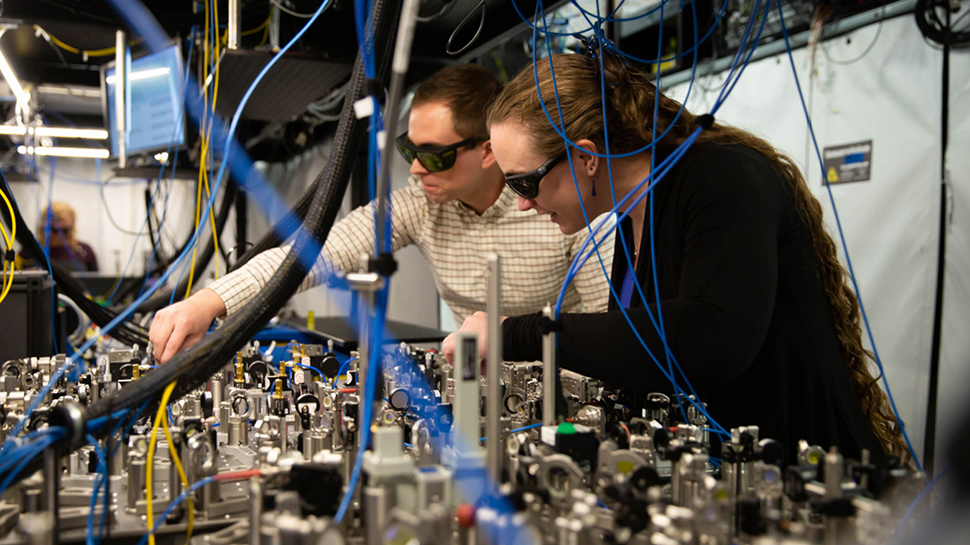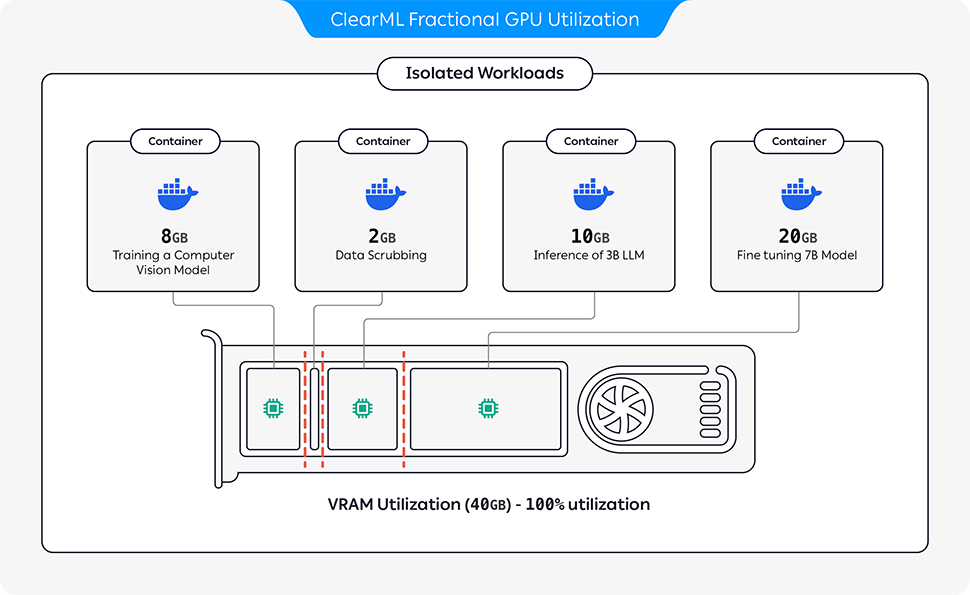[ad_1]
 16 de diciembre de 1994: Apple Computer firmó un acuerdo de licencia con Power Computing, lo que permite a la empresa producir computadoras compatibles con Macintosh, también conocidas como “clones de Mac”.
16 de diciembre de 1994: Apple Computer firmó un acuerdo de licencia con Power Computing, lo que permite a la empresa producir computadoras compatibles con Macintosh, también conocidas como “clones de Mac”.
Con su participación de mercado en declive y su antiguo rival Microsoft avanzando gracias a una estrategia de licencias de software, los ejecutivos de Apple creían que la única forma de competir era que la empresa entregara su sistema operativo a Mac de terceros. Por supuesto, no lo parece del todo…
Power Computing y el dilema de las licencias de software de Apple
La posibilidad de que Apple concediera licencias para su tecnología se convirtió en un importante tema de discusión durante las décadas de 1980 y 1990. Como muchos han visto, Apple ha creado un software muy superior al de sus competidores como Microsoft. Sin embargo, Cupertino se quedó atrás al quedarse con el código en lugar de dejar que otros lo usen. De hecho, la única concesión de licencias que Apple otorgó durante la década de 1980 fue la concesión de licencias Acuerdo ridículamente unilateral Esto dio a Microsoft el derecho legal a utilizar elementos de la interfaz de Mac en su sistema operativo Windows, sin apenas recompensa por parte de Apple.
El hecho de que Apple no concediera la licencia de Mac OS significó que, a mediados de la década de 1990, Windows se convirtiera en el estándar. El Mac adolecía de ser un poco jugador.
A pesar de este hecho, en diciembre de 1994, Apple vinculó a Packard Bell con El mayor fabricante del mundo de computadoras personales de escritorio.. Ambas representaban el 12% del mercado, seguidas de Compaq con el 11%, IBM con el 9%, Dell con el 6%, Gateway 2000 con el 5% y Hewlett-Packard con el 3%.
Al igual que ocurre hoy con Android versus iOS, Apple dominó las ventas de hardware mientras que su software propietario siguió siendo una minoría.
El miedo a Windows 95 impulsa la estrategia de software de Apple
En algún momento de 1994, la estrategia de Apple cambió, como lo demuestra el acuerdo con Power Computing. Darse tono Miedo a Windows 95 Si lo desea, Apple de repente comenzó a negociar acuerdos con terceros para licenciar partes de su tecnología.
En diciembre de ese año, Apple firmó un acuerdo con Bandai, el mayor fabricante de juguetes de Japón, para comprar una consola de juegos Mac OS. (Manzana La consola de juegos Pippin fue lanzada en 1996. Y falló inmediatamente.)
Además del acuerdo con Power Computing que se produjo ese día en 1994, Apple también llegó a un acuerdo con Radius, lo que le permitió a esa empresa producir versiones de Mac también. Radius System 100, la primera versión oficial de Macintosh, fue lanzada el 27 de marzo de 1995.
Clonación de Mac: después de todo, no es un buen negocio para Apple
La era del “clon de Mac” que siguió a estos acuerdos de licencia de software Tuve un gran comienzo en el campo de la informática de potencia.. Pero resultó ser un desastre para Apple. En lugar de estimular las ventas de Mac, solo significó “Macs” más baratas. Como resultado, Apple sufrió un gran impacto en la cantidad que ganó por unidad.
Fred Anderson, director financiero de Apple, desarrolló más tarde la estrategia de concesión de licencias. cuesta Fondos de la empresa. La tarifa de 50 dólares que Apple cobró por cada Mac clonada no estuvo cerca de recuperar el dinero perdido de las personas que optaron por comprar Macs de terceros en lugar de los oficiales más caros.
Acuerdo de informática energética Continuó hasta el 5 de agosto de 1997.cuando Apple quedó atrapada en un enfrentamiento con el fabricante del clon de Mac. Apple hizo un poco de jiu-jitsu legal, Presentamos Mac OS 8 Por lo tanto, se argumenta que el acuerdo de licencia a terceros no se extendió más allá del Sistema 7.
Finalmente, Apple llegó a un acuerdo comprando el negocio Mac de Power Computing por 100 millones de dólares. Esto puso fin a la era de la clonación de Macintosh. También allanó el camino para El regreso de Steve Jobs en 1997 para revertir la suerte de Apple.
¿Recuerdas la era de los clones de Mac? Si es así, ¿tiene buenos o no buenos recuerdos de Mac de terceros fabricados por Power Computing y otros en ese momento? Deje sus otros pensamientos y recuerdos a continuación.
[ad_2]
Source Article Link



 4 de junio de 1997: Power Computing, que creó una versión de Mac, ha alcanzado un máximo histórico, pero también es el principio del fin.
4 de junio de 1997: Power Computing, que creó una versión de Mac, ha alcanzado un máximo histórico, pero también es el principio del fin.


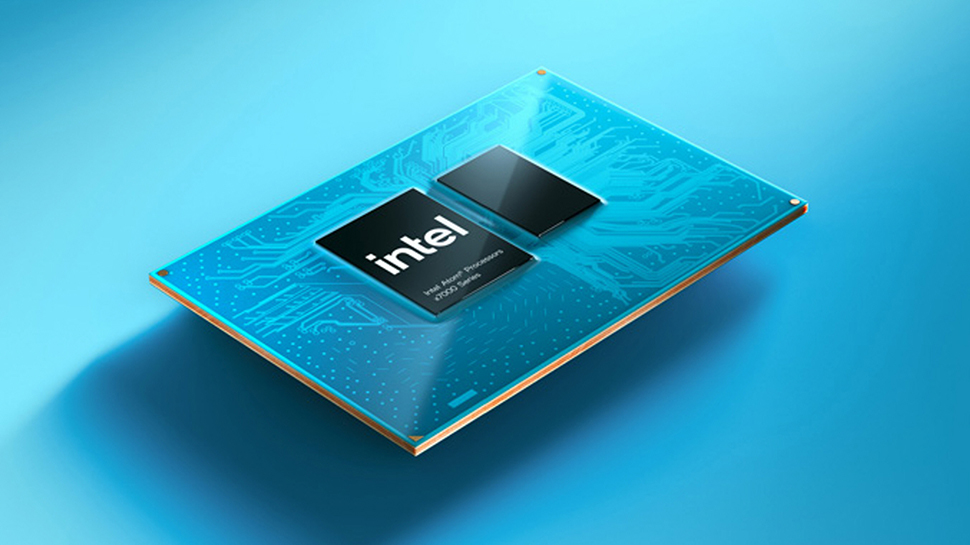

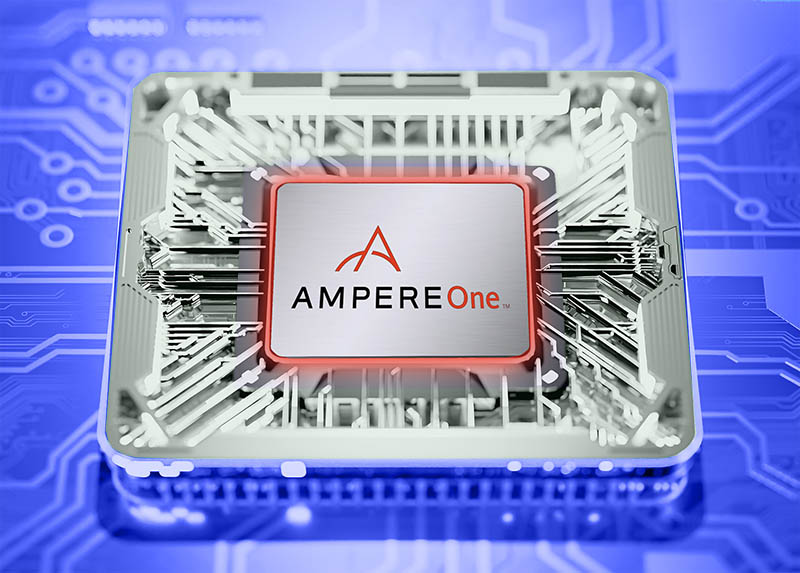

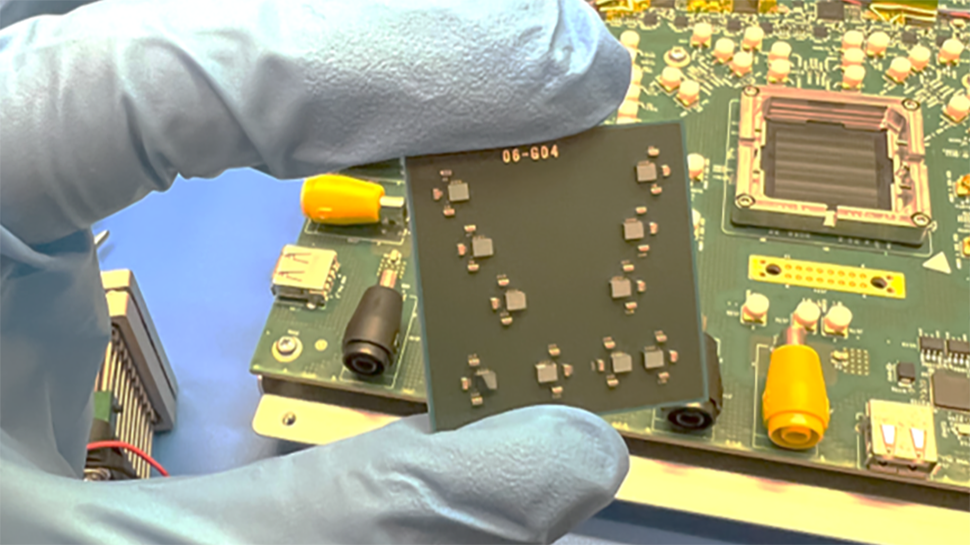

 April 11, 1976: Apple releases its first computer, the Apple-1.
April 11, 1976: Apple releases its first computer, the Apple-1.
